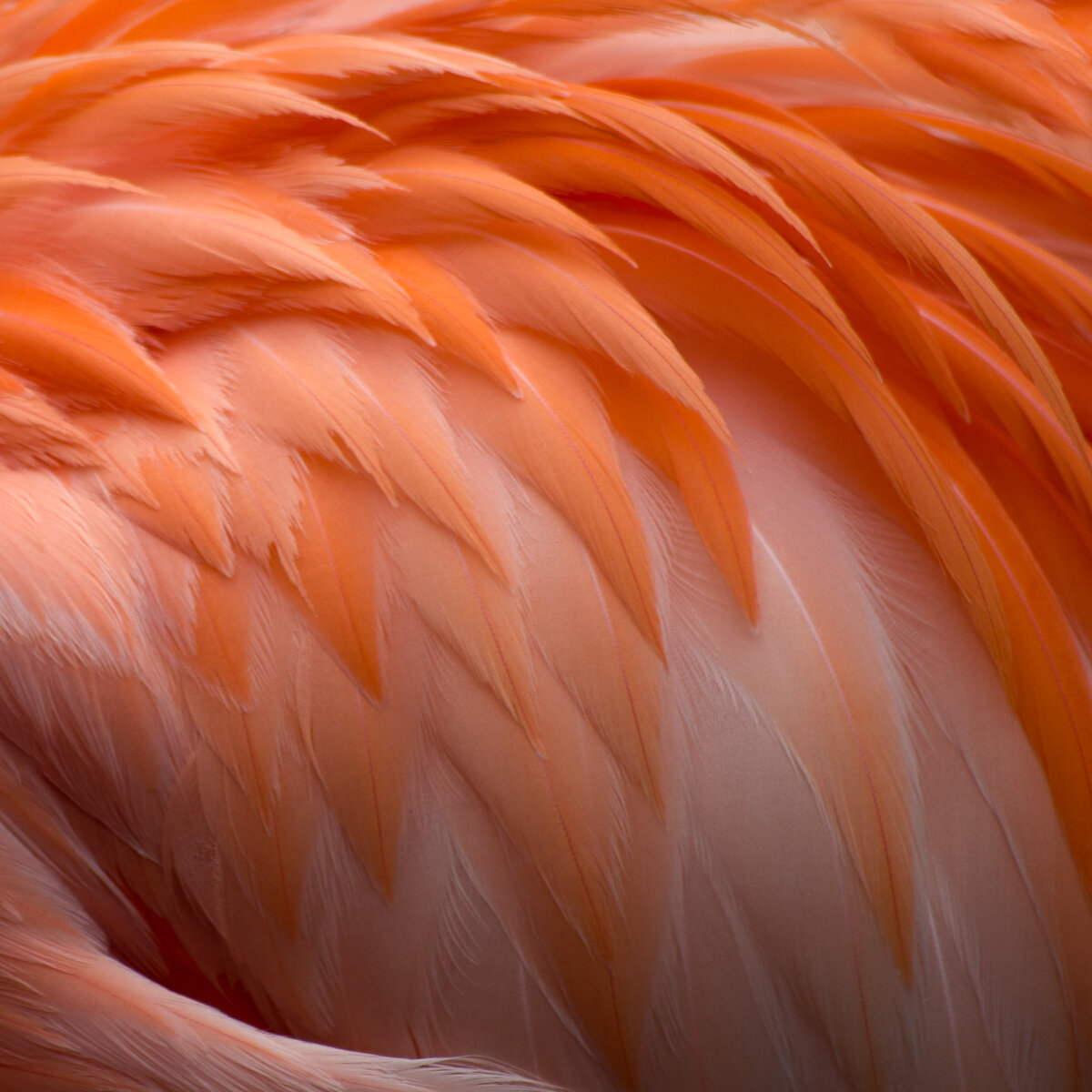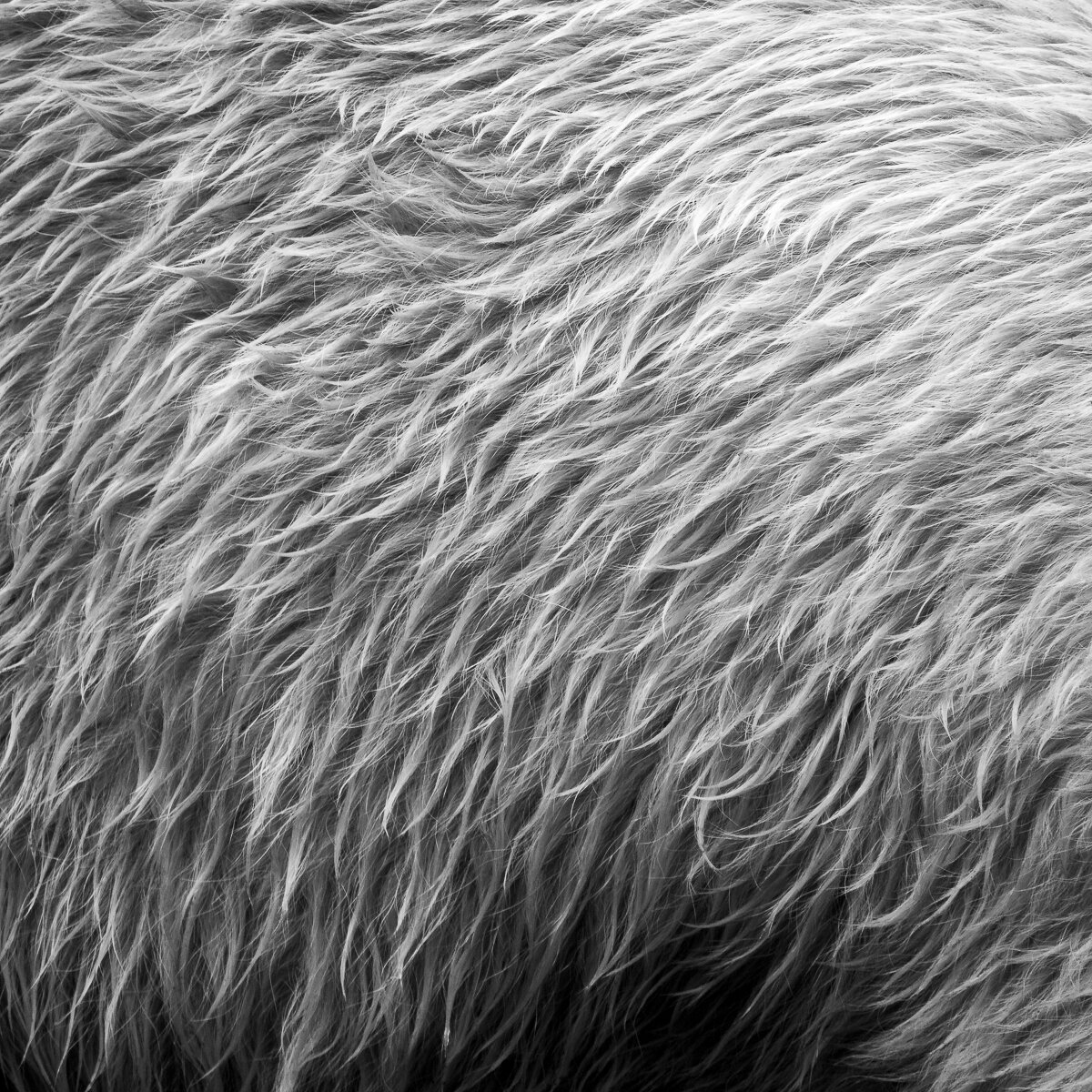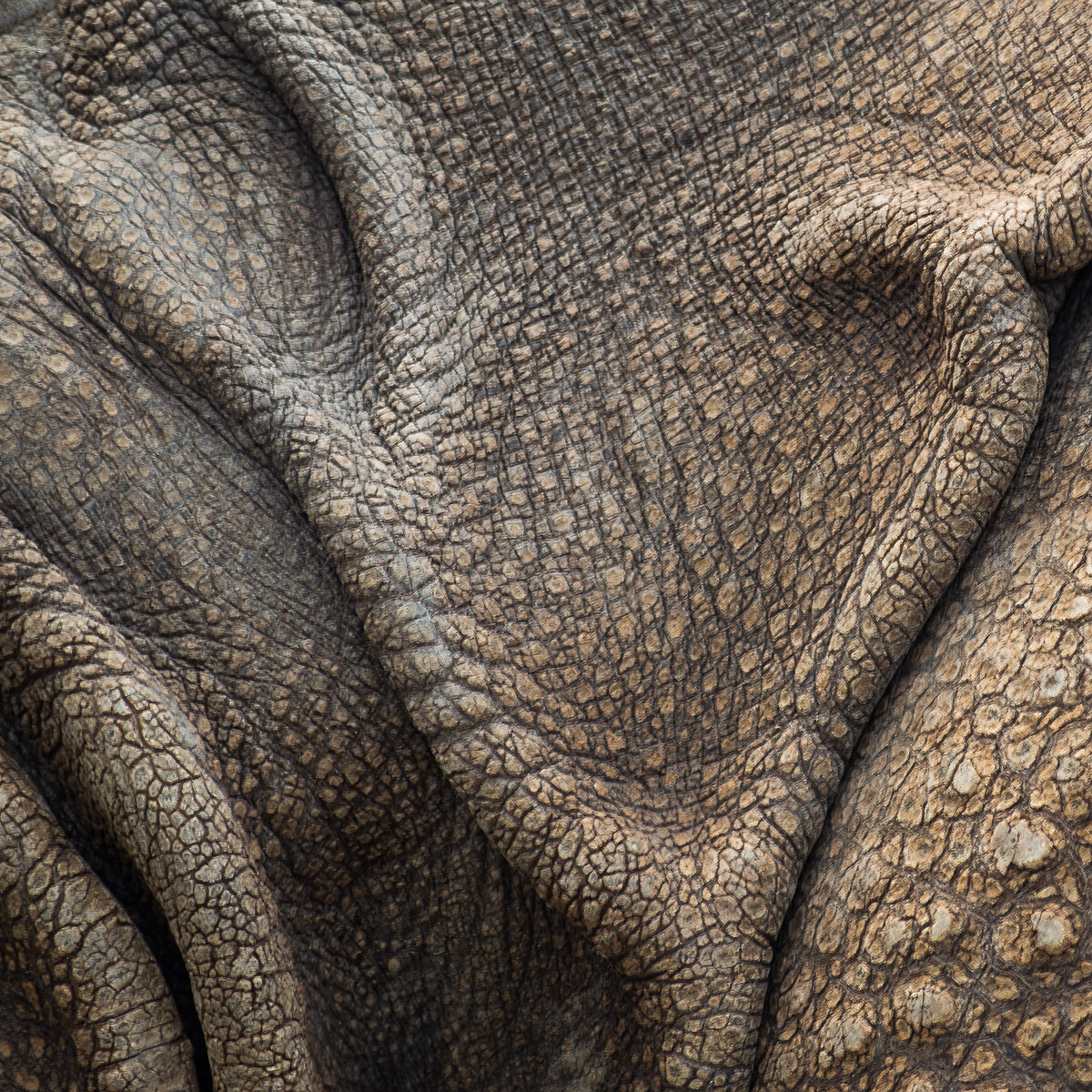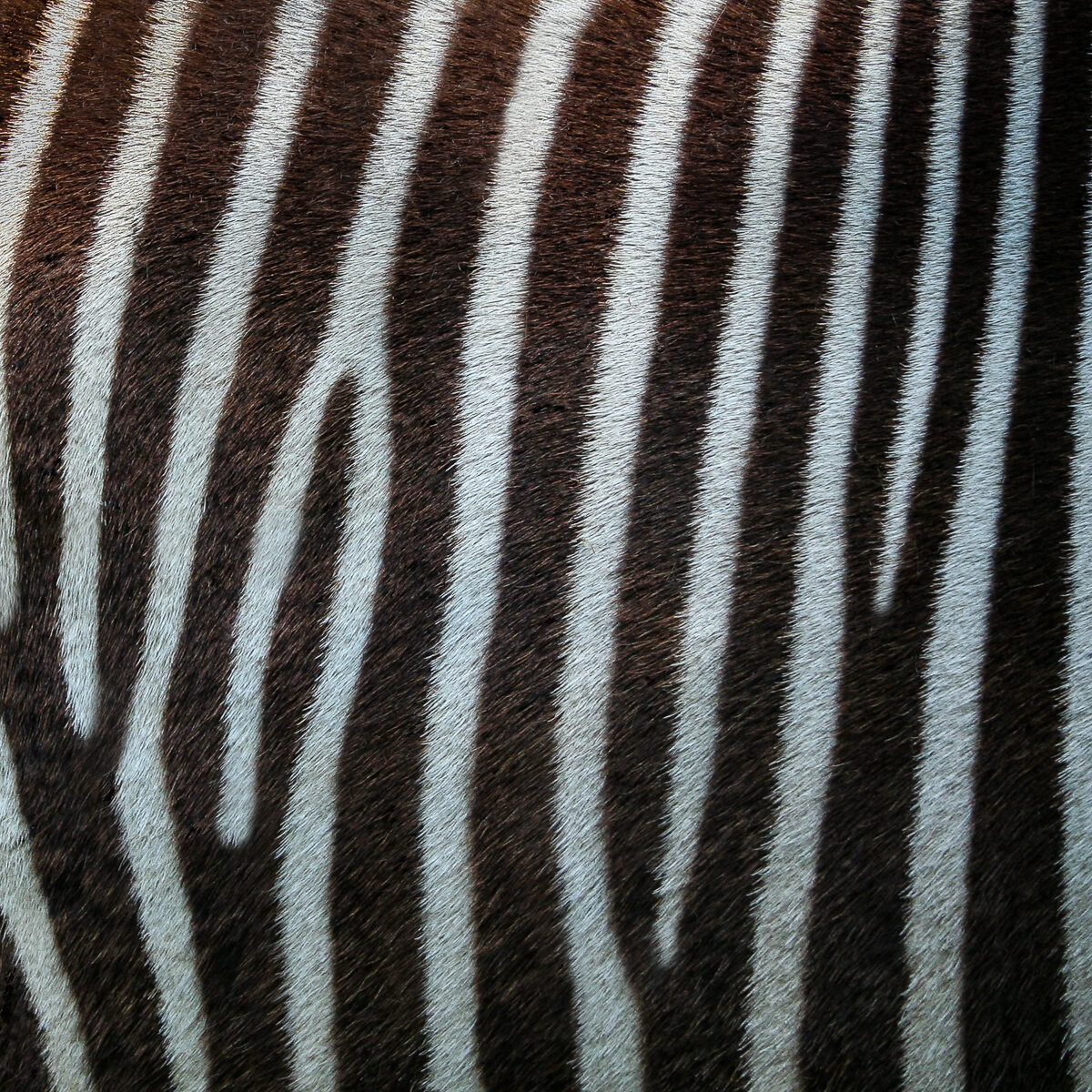Creative Wildlife Photography
Each of the different genres of modern photography presents its own unique set of challenges. Wildlife photography certainly has its share. Heavy long focal length lenses, finding subjects in proper conditions for image making and time commitments all come to mind. Those traditional barriers should not get in one’s way from considering wildlife photography, though. They are not necessarily barriers to entry into the possibility of making compelling wildlife photographs. If you step back from it all a moment you can see that there are two main approaches. One approach is to get up-close and highly detailed images where the animal is the obvious and large main subject of the image. The other, however, is to take a more creative approach and possibly a more expressive approach where the animal is adding context to an overall larger image. The animal within its larger environment, if you will. Both are equally valid approaches to wildlife photography, but the barriers to entry in creating these different kinds of images can be decidedly different. Further, it could be argued that one approach is more documentarian while the other approach opens an opportunity for more creativity and personal expression.
This is not meant to offend anyone who does wildlife photography. I have enormous respect for the talent, time and skill it takes to be successful at wildlife photography. As I said, both an animal filling a frame and an animal accenting a frame are equally valid and have comparable impact and merit. I am merely trying to point out alternative approaches that could enhance your experience with wildlife photography and possibly open alternative imaging options.
So what options are there for producing more creative wildlife images? Here are some ideas…
Zoom in tight
My Animal Abstracts portfolio is a good example of this first method, an approach I like to call ‘zooming in tight.’. Rather than trying to capture an image of the whole animal, I focused on its essence. My thought was that by getting in closer I could reveal its inherent beauty. The texture of its skin, the flow of its fur, or even the interesting layering of its feathers. The key feature with all of the images in this collection was to think about aspect ratios (1:1 vs. 4x5 vs. 2:3) and to exclude any contextual clues about the animal’s environment. Corner to corner, just the animal’s essence and nothing else. Careful attention to both highlights and shadows was really critical here.
This collection is the foundation of my latest eBook, “Animal Abstracts. Volume 1.”. If you’d like a copy you can download one for free here. Nearly all of the images in the collection are available as open-edition fine art prints which support conservation.
Exaggerate time
In some wildlife images you need your subject to be tack sharp. At other times, however, you don’t. Does the shorebird flying over the surf need to be sharp for you to understand it’s a bird? The waves don’t certainly need to be sharp for you to understand it’s a wave. Don’t let slow shutter speeds limit you from trying to create images that incorporate wildlife. Don’t feel the need to boost ISO to freeze time all the time. After all, it’s quite possible that the more creative wildlife photograph and the more expressive image can be achieved with a slower shutter speed.
In the image below I was attempting to image the morning fog off a friend’s dock. A few resident mallard ducks pushed into the scene, thankfully, and so I opened up the aperture a little bit to gain a little sharpness in their movement. That changed the shutter speed from 1/2s to 1/8s which was just right to capture some of their detail but also blur the ripples in the water and some of the definition of the fog. Below is also the frame without the ducks included. Both work for me, but I find the one with the birds to be a bit more interesting and meaningful. The inclusion of the wildlife helps the viewer understand the context of the location and time of the image and even helps to develop the sense of tranquility even further.
Exaggerate time with longer exposures.
Moments later without the ducks.
Let their ethology guide your images
Female red-winged blackbird.
A thoughtful understanding of an animal’s behavior will enable you to anticipate certain types of images and predict where and when you will most likely be able to image them. This will help you anticipate conditions as well as think through compositions ahead of time to help you fine tune the kind of image you wish to create that incorporates the animal. Deer emerging from the forest into a field during golden hour. Male red winged blackbirds announcing their territory from tall reeds in the morning sunlight. These are behaviors that can be anticipated and with consideration of lighting direction and weather conditions a photographer could increase their chances of more creative wildlife photographs rather than just responding to an unanticipated encounter.
In this example I was trying to photograph both male and female red winged blackbirds in morning sunlight. The females arrive into nesting territories several weeks after the males arrive. When they do arrive they are often quiet and perch in low reeds and bushes in their nesting territories. Once nesting begins you will rarely see them but can hear them chorus respond to the territorial calls of the males. I chose this location for imaging a female because the area is wide open and the background is tall and far off. That allowed for better isolation of the subject in its environment without distractions. The trail runs in a semicircle so multiple morning light conditions were available, depending upon your location along the trail.
Element of surprise
Common yellow-throated warbler.
When I was growing up we had an oil painting by a great, great grandmother of mine hanging in our living room. The overall scene is of a women carrying firewood through a forest trail in the midst of Winter. The light is dim, implying evening is arriving. She’s hunched over the from the weight of the firewood. In this vast Winter forest scene there is a lone dove perched above her looking forward on the trail she is looking down upon. Without that single, small bird the scene is changed and the messages it tells are changed. Now envision a lone shorebird on a vast beach or a lone mountain goat on an expansive rock face. Remove them from the scene it’s still a beautiful scene but it’s possibly not as strong and impactful.
I feel the point gets itself across fine, but here is an example of what I am suggesting. Admittedly, not the best example but it’s helpful nonetheless. This common yellowthroat is singing out in the expanse of a wetland. Remove him the image is certainly degraded and uninspired.
Intentional Camera Movement (ICM)
Another option for producing creative wildlife photographs is to consider the options with intentional camera movement and multiple exposure techniques. This is a wide open field and has been extensively document. I’d highly recommend a general search but also the brand-new ICM Photography Magazine at https://www.icmphotomag.com/. Using techniques like these will enable a photographer to produce a wide variety of different creative images of wildlife. The breadth of images being produced using these techniques is hugely impressive and I’d strongly encourage you to take a look in the least.
On of my favorite practitioners of this technique for wildlife photography is Erik Malm. Erik is a photographer from Sweden and his creative approach to wildlife photography is unique and impressive. Erik has generously agreed to sharing a recent of his as an example of his work and as an example of the potential for ICM photography in wildlife imagery. Please note, this is a single exposure image. The shutter speeds Erik utilizes most likely range between 1/30s to 30s or longer. During the exposure time the camera may be pointed at different components within a scene all while being twisted, pulled, and or shaken to produce varied visual effects. The possibilities are only limited by your imagination and creativity. What I enjoy most about Erik’s image here is that you immediately get a sense of what the bird is and of what it is doing without explicit contextual clues. Given the task of photographing a stork in nesting behavior, how would you have approached the photographic process? Erik’s gallery of images is thoroughly impressive, I highly recommend taking a look at www.erikmalm.com.
Courtesy of Erik Malm. All rights reserved.
Try, repeat
If any of this has resonated with you, then give yourself a small goal! Explore creative approaches to wildlife photography on your own. Identify a subject you know you would reasonably encounter and experiment with some of these techniques. Take the traditional images and then try a different approach. Process them and lay them out. Which images do you enjoy more? Which images does someone you know enjoy more? Which images were more meaningful to you in the process of both image taking and image processing? Which images gave you the most personal satisfaction? Now do it again.
A final word on wildlife photography
This is a subject for another blog, but please don’t bait animals just to get their photographs. We have ample evidence to inform us that this can be detrimental to the wildlife. Avoid disturbing them as well. Once an animal is aware of your presence it’s time to stop or back off. This is especially true of nursing, nesting, or animals in the act of hunting. And lastly, please do not geotag your wildlife images when you share them online. This includes simply stating where something was photographed. Again, we have ample evidence to show us that the crowds will arrive and wild animals cannot tolerate crowds. If you’d like to learn more about ethics and wildlife photography please visit the North American Nature Photographers Association at http://www.nanpa.org/advocacy/ethics/ and Nature First https://www.naturefirstphotography.org/. Thank you!
Learn more!
I hope this was helpful or in the least interesting to some of you. If you have any questions about any of it please feel free to ask, I’d love to hear from you. If you would like to get further tips on photography, opportunities for workshops or explore how my images could help you in planning your home or office spaces, then please join the monthly newsletter below! Best to you!









